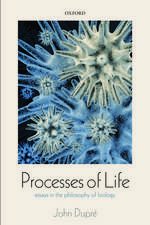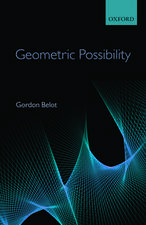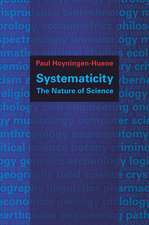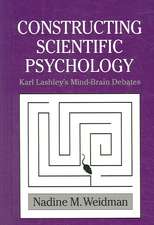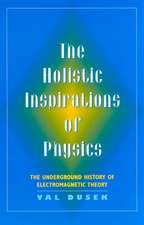Race, Racism, and Science: Social Impact and Interaction: Science and Society Series
Editat de John P. Jackson, Nadine M. Weidmanen Limba Engleză Paperback – 29 sep 2005
Since the eighteenth century when natural historians created the idea of distinct racial categories, scientific findings on race have been a double-edged sword. For some antiracists, science holds the promise of one day providing indisputable evidence to help eradicate racism. On the other hand, science has been enlisted to promote racist beliefs ranging from a justification of slavery in the eighteenth century to the infamous twentieth-century book, The Bell Curve,whose authors argued that racial differences in intelligence resulted in lower test scores for African Americans.
This well-organized, readable textbook takes the reader through a chronological account of how and why racial categories were created and how the study of “race” evolved in multiple academic disciplines, including genetics, psychology, sociology, and anthropology. In a bibliographic essay at the conclusion of each of the book’s seven sections, the authors recommend primary texts that will further the reader’s understanding of each topic. Heavily illustrated and enlivened with sidebar biographies, this text is ideal for classroom use.
This well-organized, readable textbook takes the reader through a chronological account of how and why racial categories were created and how the study of “race” evolved in multiple academic disciplines, including genetics, psychology, sociology, and anthropology. In a bibliographic essay at the conclusion of each of the book’s seven sections, the authors recommend primary texts that will further the reader’s understanding of each topic. Heavily illustrated and enlivened with sidebar biographies, this text is ideal for classroom use.
Preț: 386.75 lei
Nou
Puncte Express: 580
Preț estimativ în valută:
74.01€ • 79.14$ • 61.70£
74.01€ • 79.14$ • 61.70£
Carte tipărită la comandă
Livrare economică 17 aprilie-01 mai
Preluare comenzi: 021 569.72.76
Specificații
ISBN-13: 9780813537368
ISBN-10: 0813537363
Pagini: 424
Dimensiuni: 178 x 254 x 25 mm
Greutate: 0.74 kg
Ediția:None
Editura: Rutgers University Press
Colecția Rutgers University Press
Seria Science and Society Series
ISBN-10: 0813537363
Pagini: 424
Dimensiuni: 178 x 254 x 25 mm
Greutate: 0.74 kg
Ediția:None
Editura: Rutgers University Press
Colecția Rutgers University Press
Seria Science and Society Series
Notă biografică
JOHN P. JACKSON, JR., is an assistant professor in the department of communication at the University of Colorado, Boulder.
NADINE M. WEIDMAN is a lecturer in history of science at the Harvard University Extension School and the author of Constructing Scientific Psychology: Karl Lashley's Mind-Brain Debates.
NADINE M. WEIDMAN is a lecturer in history of science at the Harvard University Extension School and the author of Constructing Scientific Psychology: Karl Lashley's Mind-Brain Debates.
Cuprins
Series Editor's Preface
Prologue
1. The Origins of Racial Science, Antiquity-1800
2. The Establishment of Racial Typology, 1800-1859
3. Race and Evolution, 1859-1900
4. The Hardening of Scientific Racism, 1900-1945
5. The Retreat of Scientific Racism, 1890-1940
6. The Liberal Orthodoxy, 1940-1960
7. A Multicultural Science of Race, 1965 to the Present
Chronology
Glossary
Documents
Bibliography
Index
About the Authors
Prologue
1. The Origins of Racial Science, Antiquity-1800
2. The Establishment of Racial Typology, 1800-1859
3. Race and Evolution, 1859-1900
4. The Hardening of Scientific Racism, 1900-1945
5. The Retreat of Scientific Racism, 1890-1940
6. The Liberal Orthodoxy, 1940-1960
7. A Multicultural Science of Race, 1965 to the Present
Chronology
Glossary
Documents
Bibliography
Index
About the Authors
Descriere
This well-organized, readable textbook takes the reader through a chronological account of how and why racial categories were created and how the study of “race” evolved in multiple academic disciplines, including genetics, psychology, sociology, and anthropology. In a bibliographic essay at the conclusion of each of the book’s seven sections, the authors recommend primary texts that will further the reader’s understanding of each topic. Heavily illustrated and enlivened with sidebar biographies, this text is ideal for classroom use.



